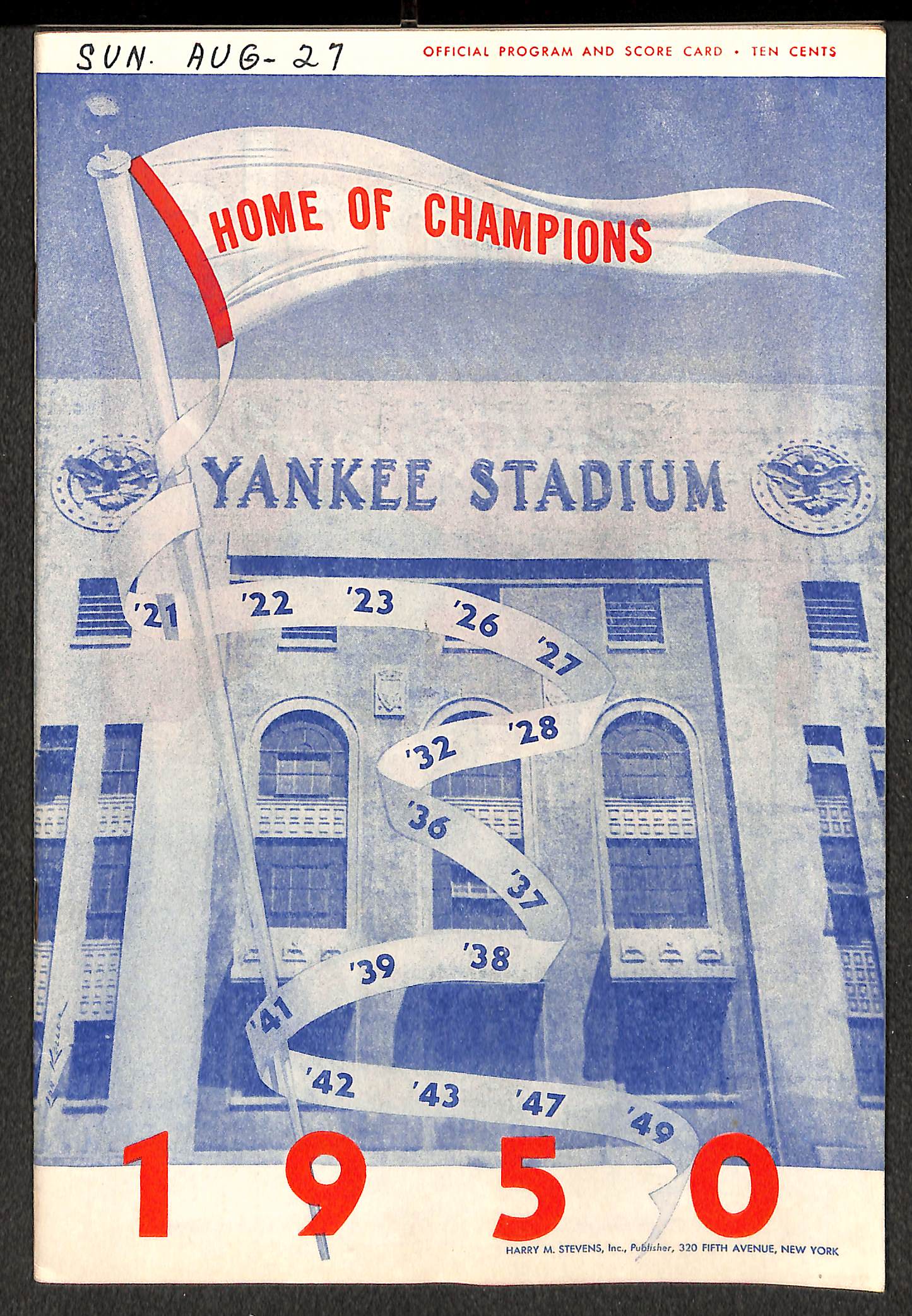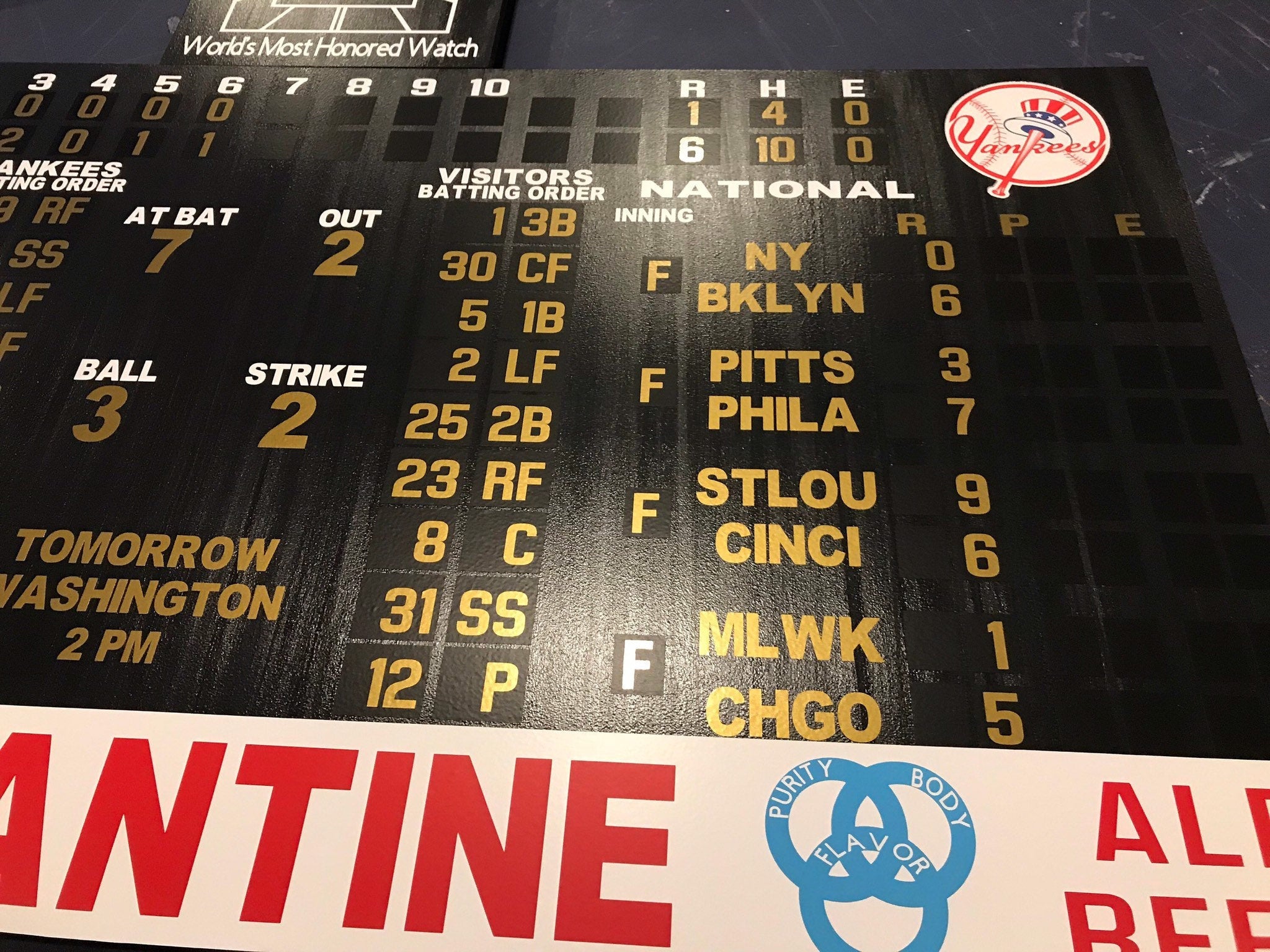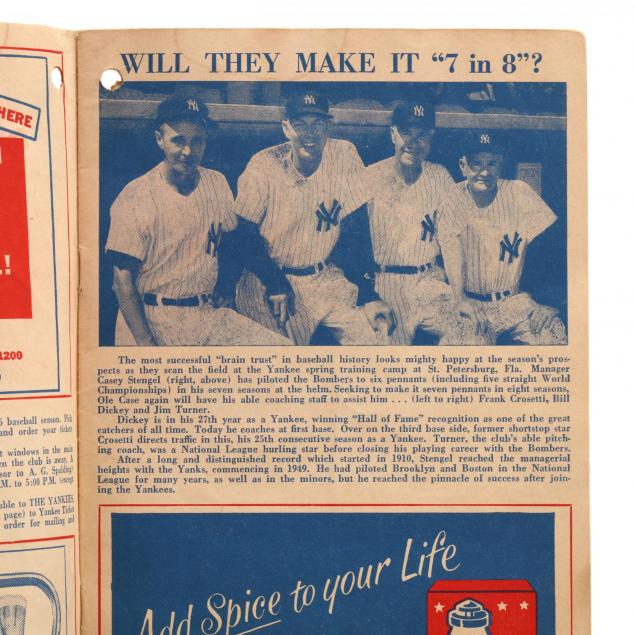

If you add all of the numbers of runs up from each of the innings you should get the number that is displayed on the scoreboard under the R. The reason for this is that the numbers under the R are the cumulative number of runs for the game. You may also notice that the number under the R doesn’t match the number of runs that your team scored that inning. To the right of the scoreboard, you will notice the letters RHE. For example, if you look at the 3 for the visitors (from the previous example) but then look down and see that the Home team scored 5 runs, you would notice that there were a lot of runs scored that inning. You can compare how each team did in each inning by simply looking at the inning columns. For example, the first inning could become the 10th inning, the 2nd inning could become the 11th, and so on. You should know that if a game goes into extra innings the scoreboard may reset the innings on the scoreboard and reuse the innings for the extra innings. If they score zero runs in the second inning, then the box to the right of the “3” will have a “0”.īy looking at the boxes under the inning numbers, you can tell what inning it is and how many innings are remaining. For example, if the Visitors score three runs in the first inning, then the first of the nine boxes will have a “3” in it. These are the spots where the number of runs scored in each inning for each team will be displayed. You will find that in the rows next to the visitor name and the home name, there are often either empty boxes or zeroes. The reason for this structure is pretty simple – the home team bats last, so they are usually found on the bottom of the scoreboard. These letters represent runs, hits, and errors.Įven though the visiting team bats first in baseball, the second row is generally the visiting team (though this may vary from stadium to stadium) and the third row is generally the home team. After the 9 you will find three letters – RHE. In the top row, you will have the innings listed (left to right) from 1 to 9.
YANKEE SCORE BOARD HOW TO
However, to understand the basics of how to read a scoreboard you have to understand the information that is being provided. Some come with more bells and whistles – which we will get into later.

These scoreboards tend to be larger to accommodate the people that operate them – often from inside of the scoreboard. This means that the numbers are changed by hand (think old-school Wheel of Fortune but with wooden tiles). In some of the older stadiums, you will find that the scoreboards are hand-turned. Some scoreboards are found in the outfield and some major league stadiums, you will find scoreboards in the stands behind the dugouts. You will find that most scoreboards are electronic. The types of scoreboards will vary depending on the facilities. I am curious if the error led to a run being scored, and will look into that when I examine the box score by seeing how many runs were "earned." Wainwright was awarded the win, while Zumaya was awarded a loss.There are several different types of scoreboards that you may see depending on the league and the level. Louis, but they also committed an error. Since they were up in the ninth inning, they didn't need to bat in the bottom of the ninth because the victory was already locked up. Louis scored in the bottom of the eighth, which they were able to hold onto. Detroit tied up the game in the top of the eighth inning, but then St. They were behind from the second inning to the 7 th inning. Saint Loius (STL) won the game 5 to 4 at home. When I look at the line score above from the 2006 World Series, I can quickly tell then following. Only one pitcher per game is awarded a win or loss. W/L: Win or Loss for a pitcher along with their record. Total errors, or mistakes that should have resulted in an out, committed by each team. The number of times batters successfully reached first base.Į: Errors. This is the most important number as it represents the score.

The total number of runs scored by each team. Runs by inning: The numbers 1-9 indicate the inning, while the numbers even with the team name represent the runs scored in each inning. Teams: On the far left, you will see both teams listed, with the home team on the bottom. The line score is the very basic display, similar to a scoreboard, that you will need to know how to read at a live game or on television.


 0 kommentar(er)
0 kommentar(er)
